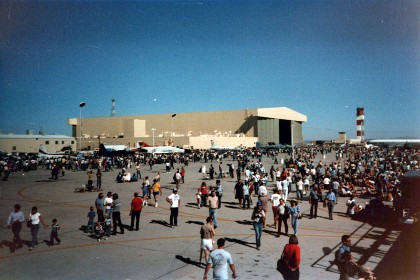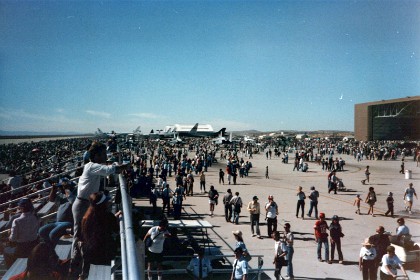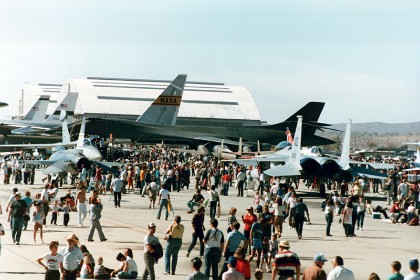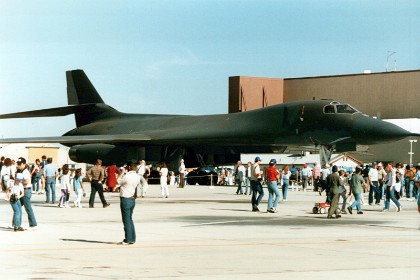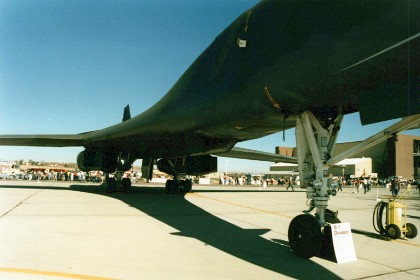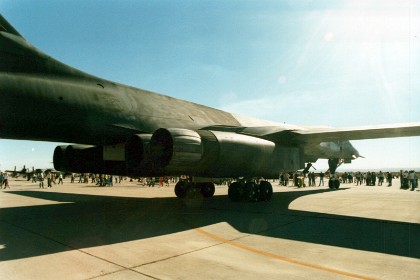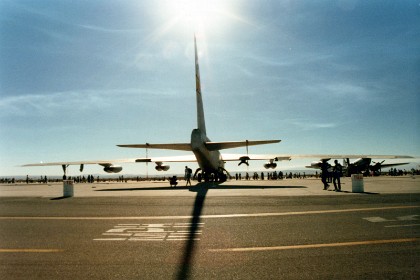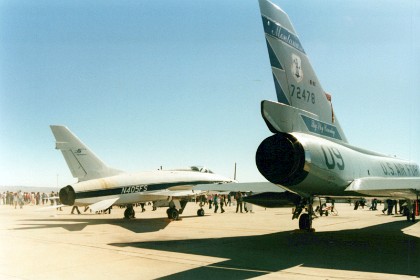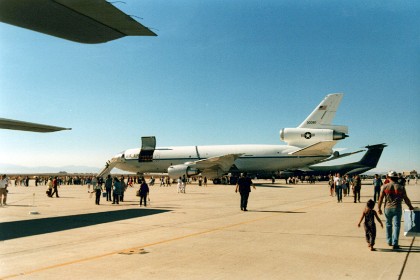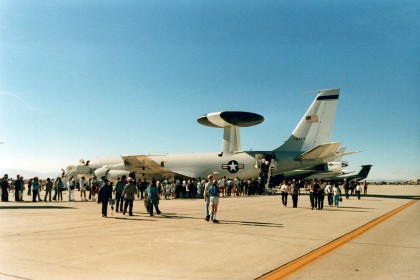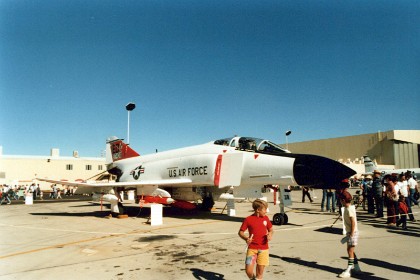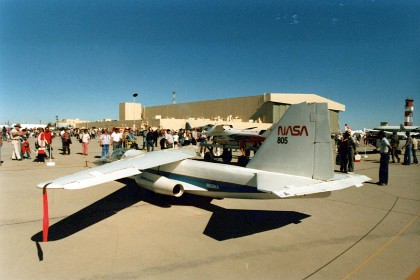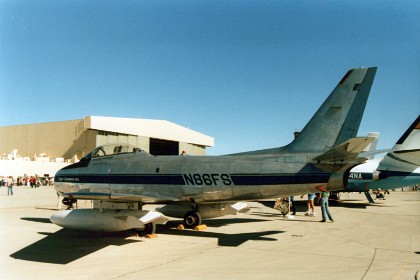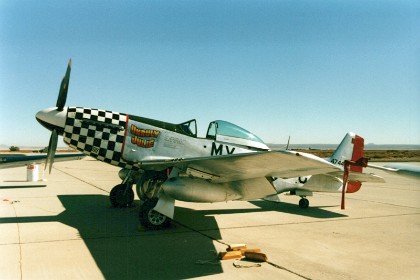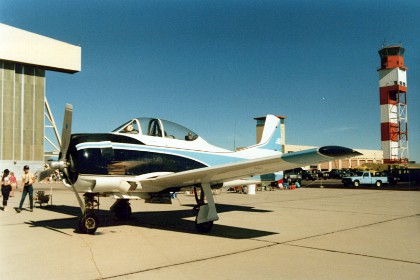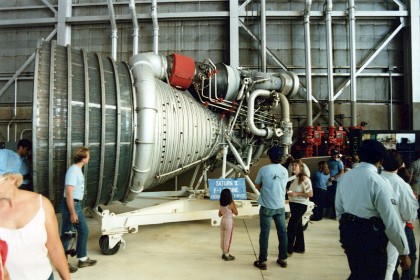He was informed of the relatively new work on stealth aircraft that had started in 1975 and decided that this was a program than the B-1. Pentagon officials also stated that the AGM-86 Air Launched Cruise Missile (ALCM) launched from the existing B-52 fleet would give the USAF equal capability of penetrating Soviet airspace. With a range of 1,500 miles (2,400 km), the ALCM could be launched well outside the range of any Soviet defenses and penetrate at low altitude like a bomber (with a much lower radar cross-section due to smaller size), and in much greater numbers at a lower cost. A small number of B-52s could launch hundreds of ALCMs, saturating the defense. A program to improve the B-52 and develop and deploy the ALCM would cost at least 20% less than the planned 244 B-1As
